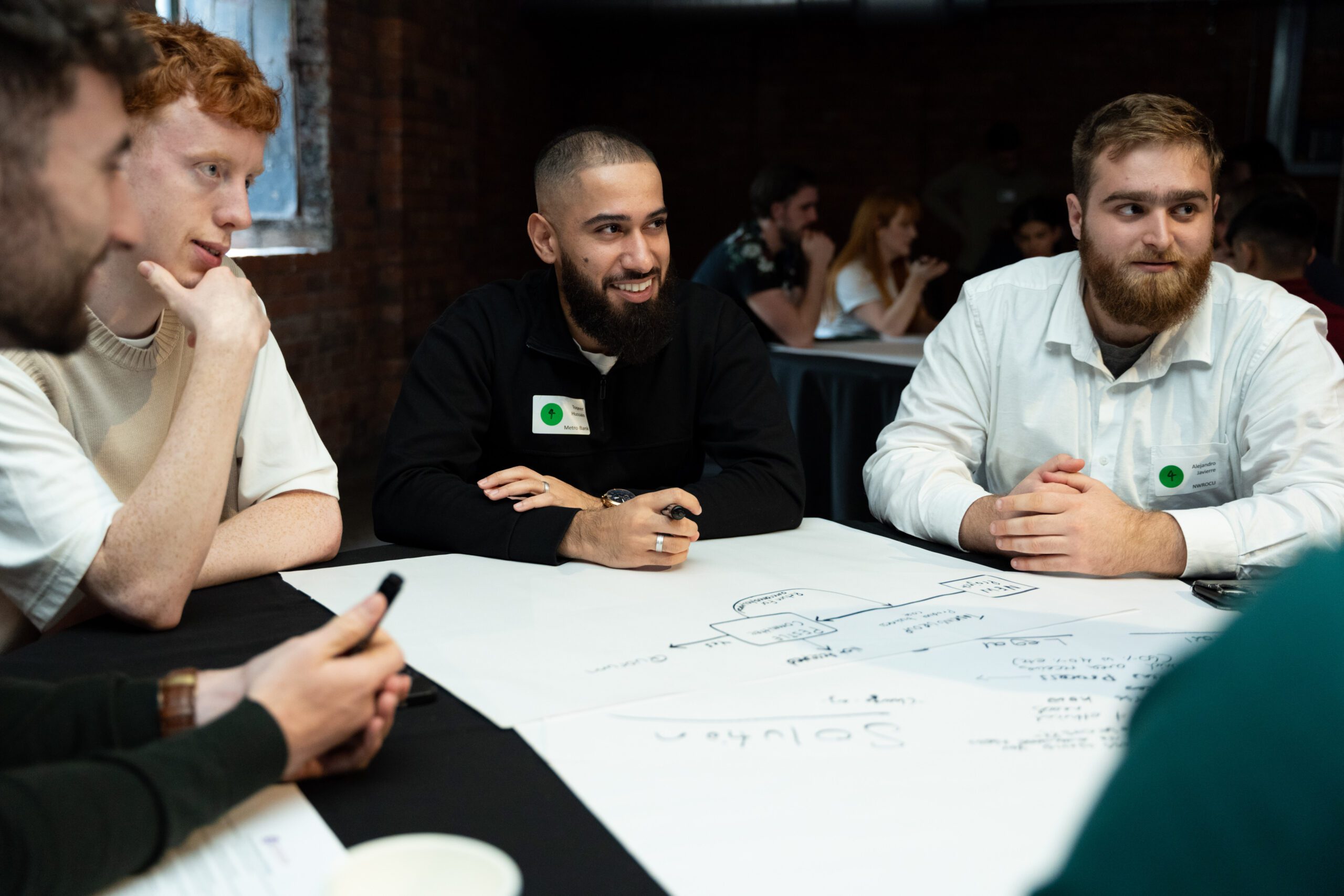
How does agile learning support continuous development?
Agile as a project delivery method is one that's only increasing, here we propose the idea of agile learning to support continuous development.
Technology has certainly changed the way we do business. But it's also caused a seismic shift in the ways we consume information and apply learning.
Sources of information and learning materials are vastly different from how they were presented 20 years ago. People can access learning across a range of different media, video, virtual reality, ebooks, infographics and more online.
Here we discuss the value of continuous development - in an agile way, as well as some of the tools our community are using to accelerate their learning.
Why is continuous development so important?
Continuous development as a theme, in a world that is ever-changing, is essential to everyone's future career development. From a development and strategy perspective, this means we see formal learning, aligned with experience as being an integral process and part of our USP. We don’t believe that huge front-loaded blocks of training are the most effective way to learn.
Delivering training interventions in an iterative and agile way lays the foundation for continuous development. And what's more, learning in 'sprints' means that it can be immediately applied to a role, whilst remaining relevant to business activities and career aims.
So, we believe that blending iterative training with experiential learning helps you apply your training more effectively. Research shows that if you front-load lots of training, the vast majority is forgotten by the time it’s applicable.
A combination of training and experience, going hand-in-hand as an evolutionary process is the way we present our Development Programme.
The Development Programme is based upon focused offsite courses, supplemented by two to three hours of learning a week so it's manageable for Analysts. It's also bite-sized, so people can continuously learn and apply what they’re learning on the job. They can understand what the theory means, but also what it means in practice because the two can be quite different.
Our structure provides constant theoretical learning and practical experience that is fully aligned so our people can really leverage the full value of the opportunities we provide.
What are some other agile ways of learning?
Another way that you can demonstrate continuous development is really engaging with your subject matter and immersing yourself in the information that's available to you.
The Development Programme offers formal and practical training but there are lots of ways people can find to develop their skillset and stay on top of trends and issues affecting the industry they work in.
LinkedIn Learning is great for additional sources of information but LinkedIn as a platform is also great for access to people that you wouldn’t necessarily have been able to engage with years ago. Signing up to groups, following inspiring leaders in their field, and gaining knowledge and expertise is easy. Similarly, sites like BrightHub and TedTalks are worth checking out. And, of course, you can find a wealth of learning material on the world's second-biggest search engine, YouTube.
Blinkist is another app on our radar. Blinkist is a service that collates key points from industry thought pieces and books, so you can quickly understand the concepts and apply the learning almost immediately.
What's interesting about Blinkist is that it delivers content in a way that is relevant to how we consume information today. Bite-sized pieces of information that users can digest and apply directly, delivered through various media, audio and visual.
We're not alone in our approach to learning. Organisations adopt agile learning approaches providing access to platforms such as Lynda and Udemy, giving short courses in relevant skills for today's workforce.
How else does Grayce accelerate people's careers?
We also encourage taking a fundamental interest in a client's business and the industry. Making the most of the experiences gained, to build out their career and be successful.
This involves going beyond what it says in the job description. It’s about coming away with a more rounded and broader view of the business as a whole and the industry worked in.
This means engaging with our clients and helping to understand what opportunities they have that align with our talented community as well, so we can keep up the pace of development with Analysts.
If we link that back to continuous development, once Analysts have finished the three-year programme hopefully we have instilled this kind of behaviour, this proactivity to develop and learn in an agile way.
It's something we are seeing with our Alumni, who have completed the Programme, reaching new heights in their careers.
The environment they’re now in is their own choice, deciding whether to join a client, a consultancy. The formality of the training and development they receive is subject to that environment and we’ve helped instil this mindset to keep learning.
It’s incredible what our Alumni have gone on to achieve. Increasingly, we are seeing Grayce graduates who have been promoted into a management role, with some of our earlier Analysts having moved onto senior management roles, at an accelerated pace, in some part down to the way our agile learning interventions complement real-time experience.
This applies to everyone at Grayce. We are all looking to continuously develop. You can see this amongst the Leadership Team as well amongst Grayce Analysts. We are all seeking to develop and evolve our capabilities and performance - succeeding together.
Find out more about the Grayce Development Programme




